When I first met Lee Bristol, he asked me to help him get Standard Solar off the ground. He and Neville Williams had this big idea to found a solar company in the Washington D.C. area, and they wanted me to join the team.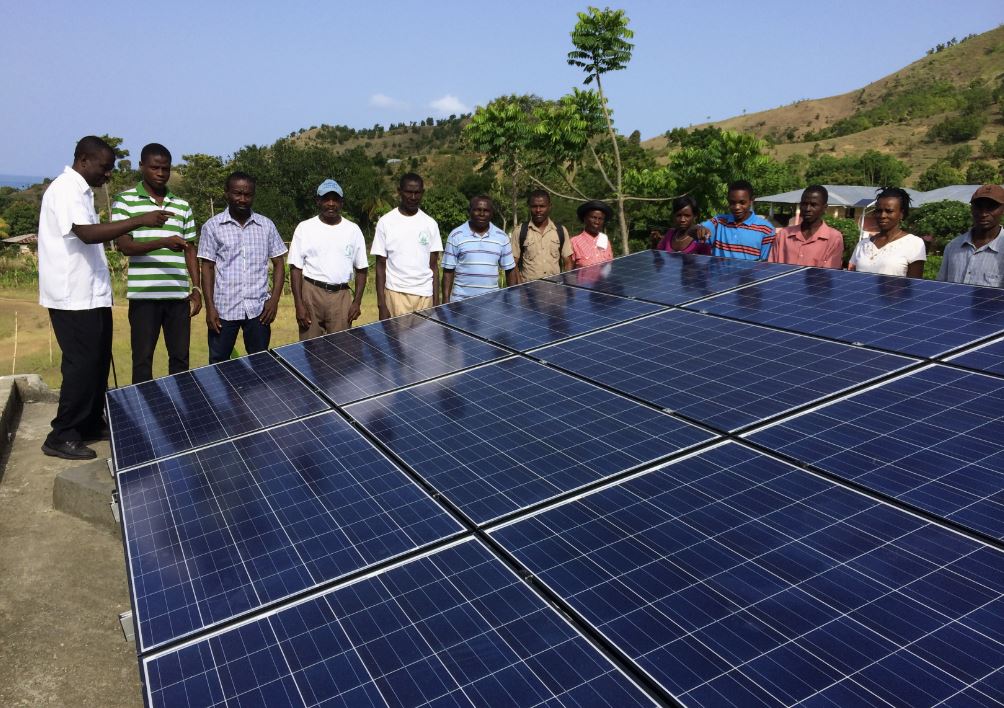
Keep in mind: This was in 2005, long before the investment tax credit, the 1603 loan program or any of the other policies that put solar on a clear growth path on which it continues to this day. There was NO reason this business should succeed, and anyone who joined the lunacy must be crazy themselves.
So of course I signed on immediately.
And what a ride it was. Lee was always a visionary and had the unflappable demeanor so crucial to succeed in this occasionally volatile industry. He was determined to provide highest level of service to each and every customer and helped guide this company to its early growth and later success.
When he officially retired from Standard Solar in 2013, we knew he would be missed.
Fortunately, Lee continues his passion for this great industry through his non-profit Global Solace—installing solar power in schools and health clinics in the developing world.
I caught up with Lee recently and he agreed to lead one more master class on the solar industry (past, present and future), so I asked him questions and he answered—the resulting conversation follows.
Tony Clifford: What first attracted you to working in the solar industry?
Lee Bristol: In 2002, with children out of the house, I started LBA Renewable Energy Systems—part time to install solar PV electric systems. I took a year off from my engineering consulting to learn solar PV electric and solar water heating from web classes and reverse-engineering local installations.
I installed solar PV electric and solar hot water heating on my own house first and then installed six systems over the next three years while consulting full time until 2005. In 2005, I stopped consulting and merged LBA into Standard Solar Inc which was incorporated in late 2004 by Neville Williams. Also, some guy named Tony Clifford helped us acquire necessary financing.
TC: When you started in the solar industry, what was the landscape like?
LB: LBA Renewable Energy Systems was one of four companies in the D.C., Baltimore and Annapolis area in 2002. Even in 2005, when I started full-time at Standard Solar, it was one of only six or eight in the area.
TC: Was there ever a moment where you lost faith in solar’s power to change the world?
LB: No, although the current Administration is testing my faith (laughing). When you go to places like Haiti or many African countries, you see immediately that the sun is incredibly hot and powerful, demand for energy is not being met, conventional wired power will never happen in the rural areas, and that small solar arrays on individual houses can meet their needs and that small 3 to 10 kW arrays are appropriate for schools and health clinics.
TC: Why do you think solar has finally captured the public’s imagination?
LB: The tipping point was when investment companies realized that they could make money by financing and owning solar arrays through power-purchase agreements (PPAs). SolarCity [now Tesla Energy] was instrumental in making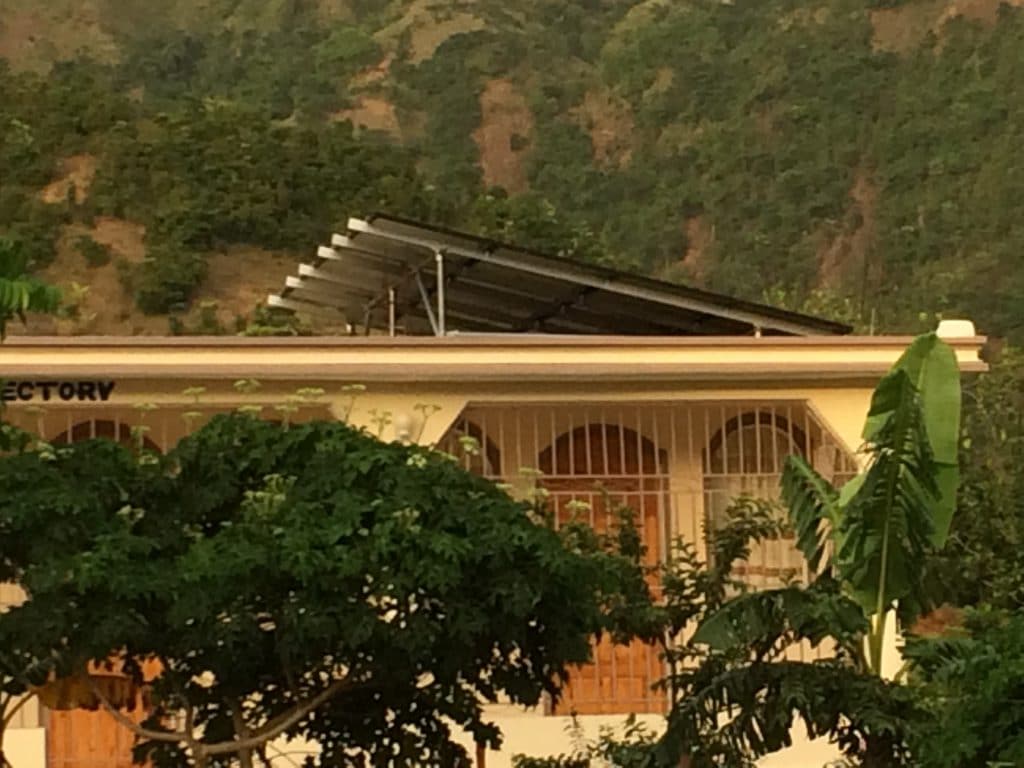
TC: What is solar’s biggest challenge in the coming years, and based on your experience, how would you recommend the industry deal with it?
LB: Our biggest challenge is working hard to ensure a level playing field with the other energy sources—oil and nuclear, to name two—with respect to government regulations and incentives. The general public must be educated as to the advantages that oil and nuclear currently have so that the politicians may be pressured to even things out.
TC: Let’s talk about Global Solace. Why did you start it in 2009, and what is its mission? What’s your ultimate goal?
LB: I discovered what I wanted to do in retirement in 2000, when my family and I visited Kenya and Tanzania and saw a windmill in the middle of the Serengeti reserve. We saw no electrical infrastructure. Home lighting was oil lamps. Schools and health clinics did not have electricity.
The windmill and its electrical power for lights and hot spring water pumping was the center of the community. It was a no brainer, matching solar electric production in these very rural communities where the predominant natural resource was the sun. The ultimate goal is to install PV systems on various types of buildings, schools, health clinics, houses, to show that the technology works and so that those that follow can scale it up.
After that revelatory trip, I facilitated putting solar on a school in Haiti in 2010, a health clinic in 2014 and a school in Tanzania in 2016.
Look, I’m just an “old hippie” trying to solve global problems by thinking globally and acting locally. I see solar PV as the obvious solution to the developing world’’s electrical generation needs for health clinics and schools primarily and home systems secondarily. And I do what I can to make sure that happens.
TC: We know you’ve recently done work in Puerto Rico. What is the situation there, and why has it been so hard to get the power back on?
LB: Puerto Rico is a mess. We saw about 80% of the power poles either broken, knocked down or bent, with wires broken and dangling. I suspect that it will take years to get it rebuilt because of the scale of the damage.
We are doing two solar projects now on small community centers and are starting to raise funds for three larger projects: a nursing home, an elementary school and a municipal government building. Again, these projects are “demonstration” projects to show the Federal Government that solar is able to be a large part of the solution.
The school is our first mini-grid as we will do one building at a time until all of the seven school buildings have power. This model can be expanded to neighborhoods, too, but several solar panels on individual houses may turn out to be better than re-running wires to everyone.
Don’t believe the news reports that more than 50% of the country has power. I don’t doubt that 50% of the generators may be functional, but the distribution is nowhere near 50% in the cities that we visited that got clobbered by the eye of the hurricane.
The mayor of Yabucoa—the city we visited—has been unable to contact the FEMA people responsible for his area, and we have tried unsuccessfully to get information from the FEMA folks in D.C. There does not seem to be anyone authorized for our section of the country. It is a joke.
TC: Is there anything else you’d like to add that you feel should be addressed?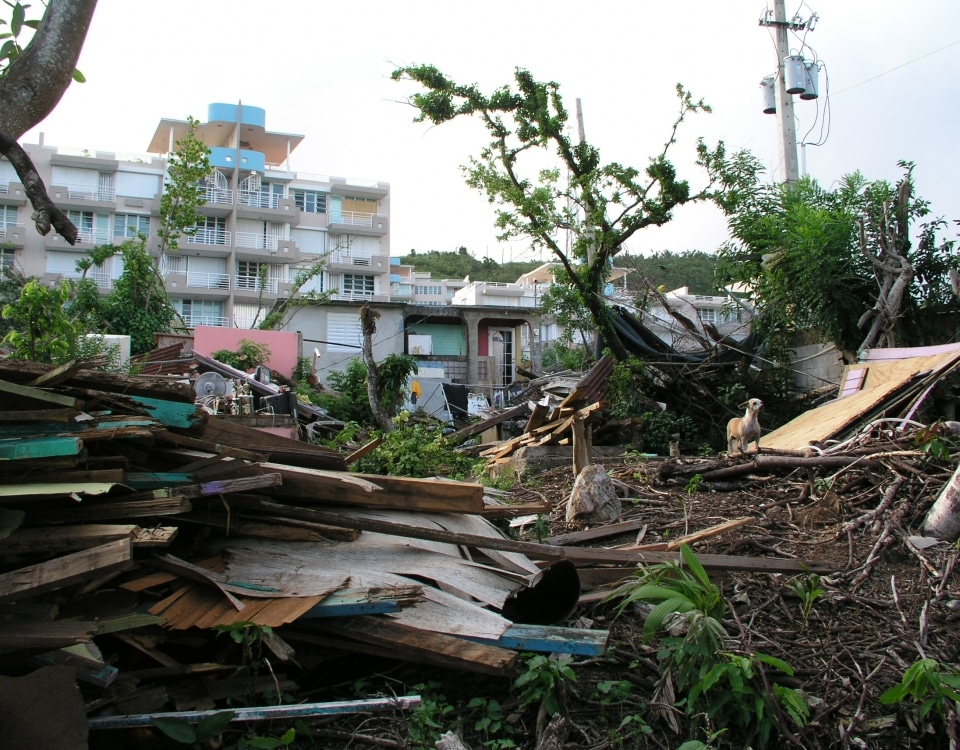
LB: The developing world has an incredible solar resource, and solar PV is a simple technology with no moving parts that should last 30 or more years with minimal maintenance.
Solar can be easily scaled from small home systems, to larger school and clinic systems, to community mini-grids. There is no way that U.S. style electrical wiring will be run between communities due to distances, costs and lack of money—and in fact there is no need to do so.
The general principle is “distributed generation” where electric generation is not performed centrally with large carbon intensive power plants but production occurs at the sites where it is needed. You can relate this to the communication arena where cell phones have replaced wired landlines.
More Recent Blog Posts
Delivering on Our Promise: 2025 in Review
December 11, 2025
Scott Wiater · 3 min read
How Student Health Unlocks School Energy Projects
December 3, 2025
Standard Solar · 4 min read
The Remarkable Growth of Community Solar in the District of Columbia
October 22, 2025
Standard Solar · 2 min read
Navigating a Solar Market in Transition: Takeaways from RE+ 2025
September 26, 2025
Megan Byrn · 3 min read

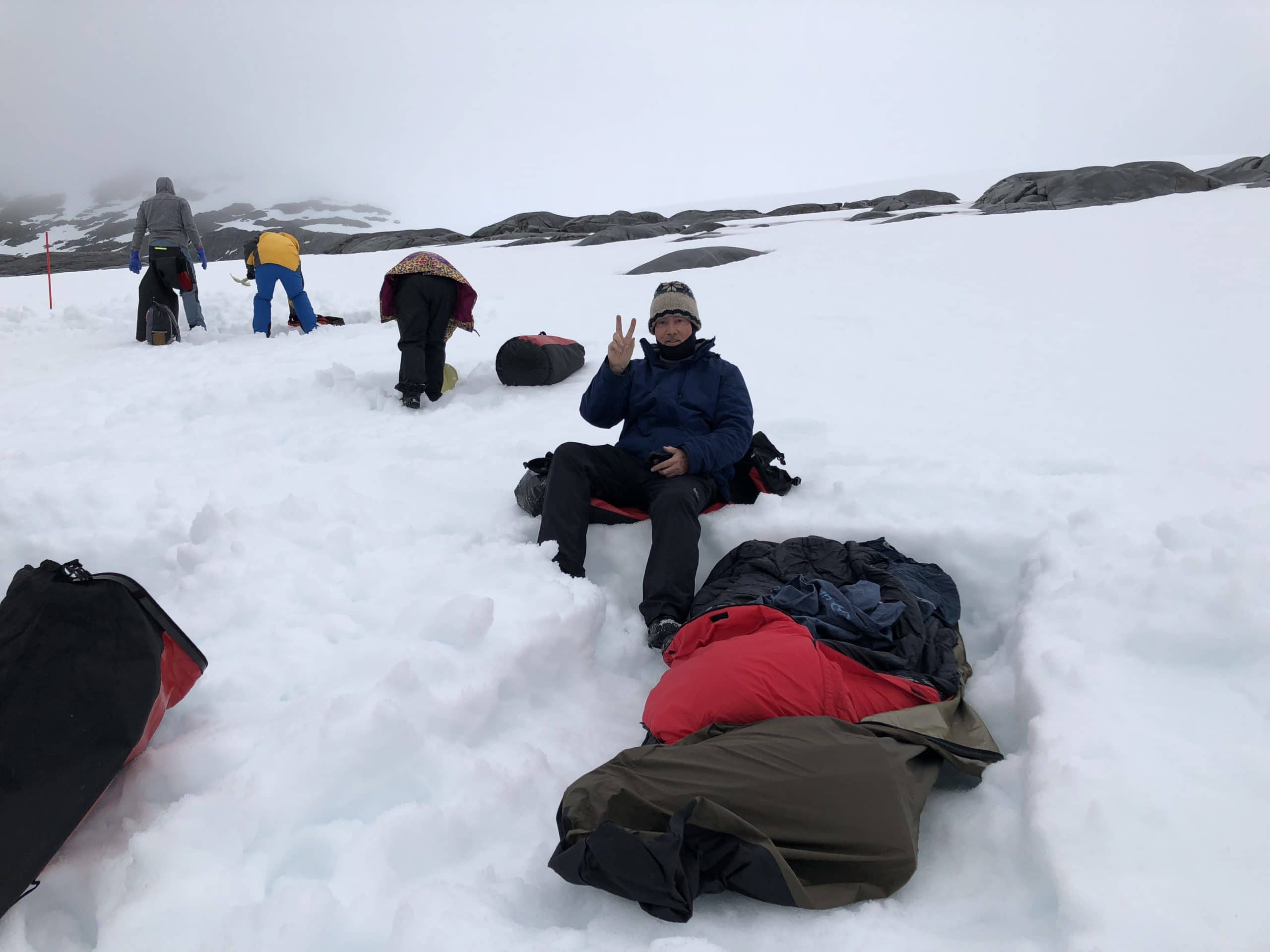
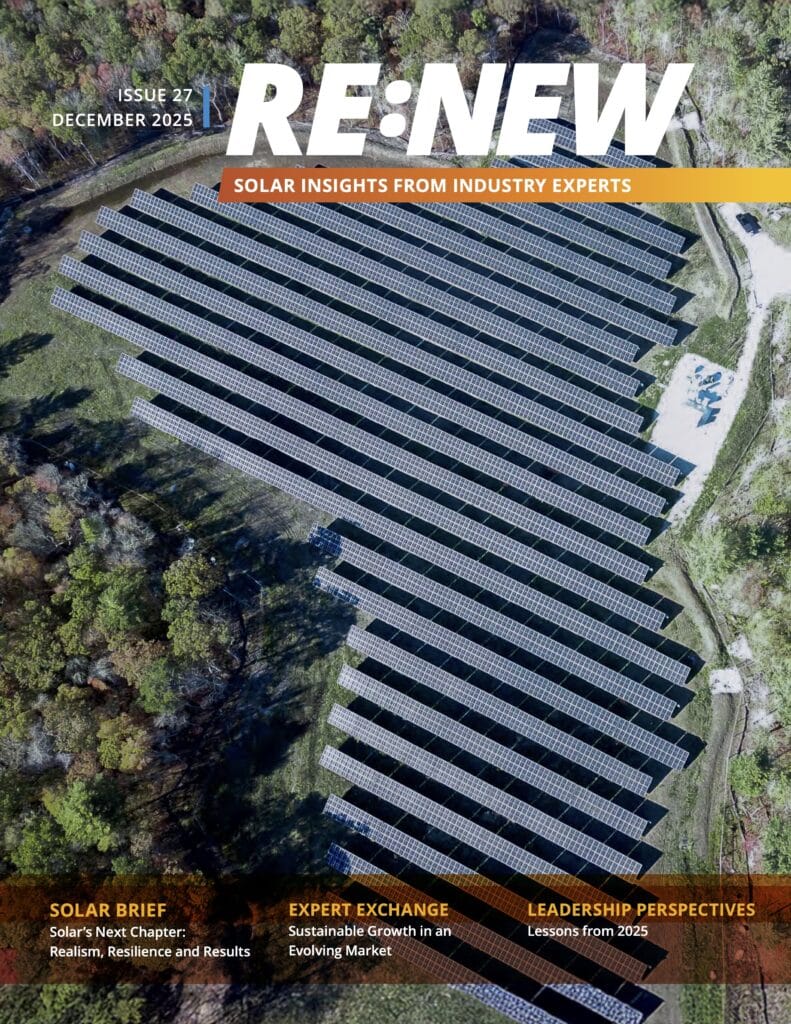
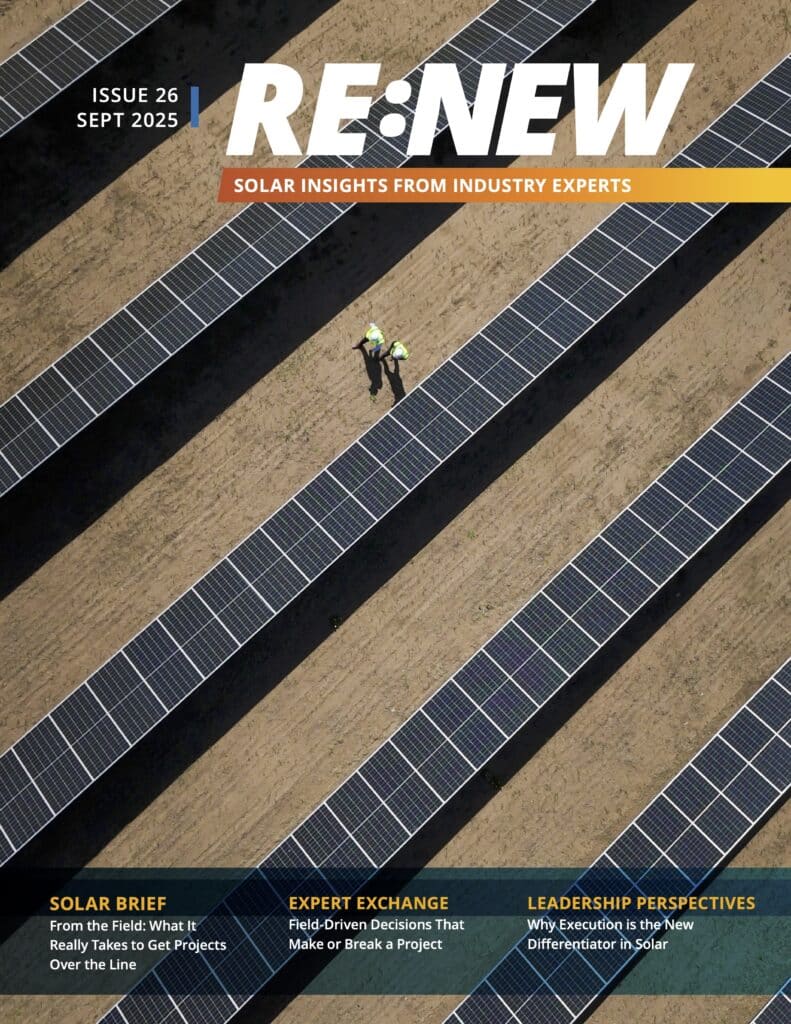
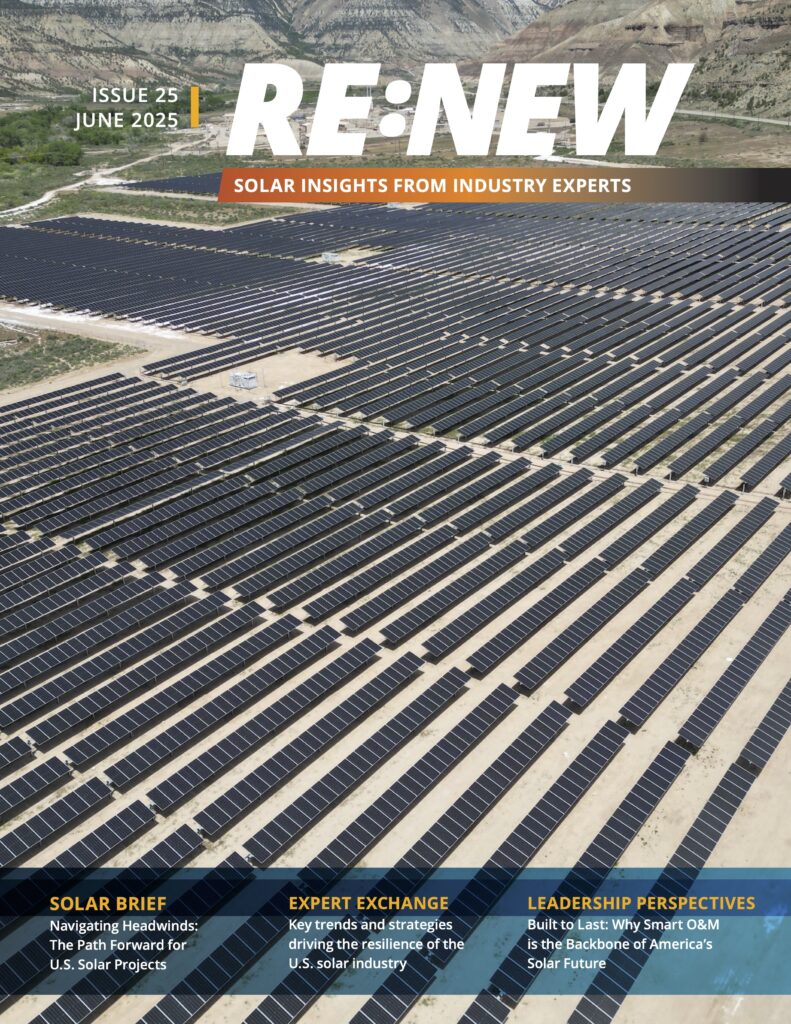
Share